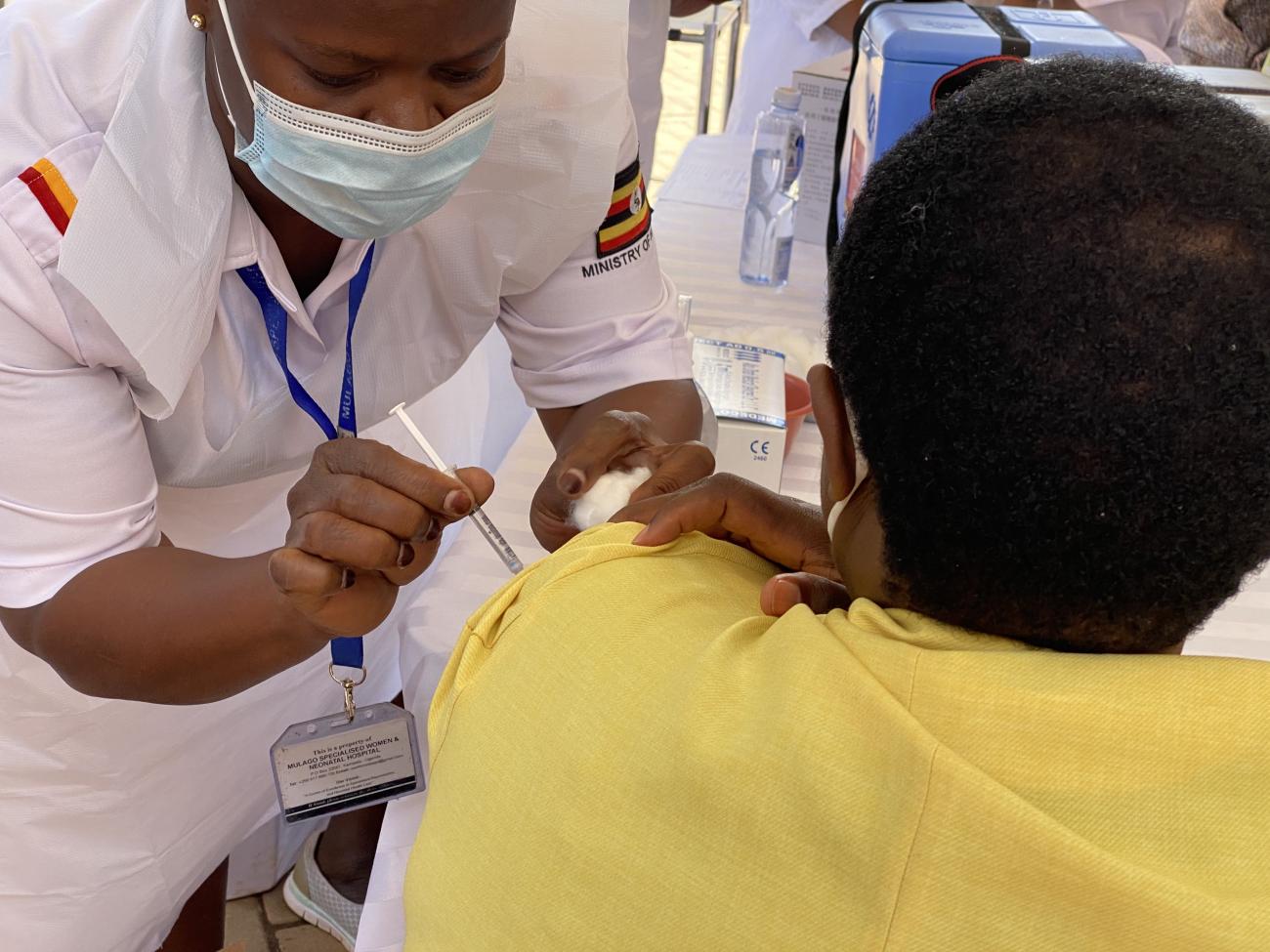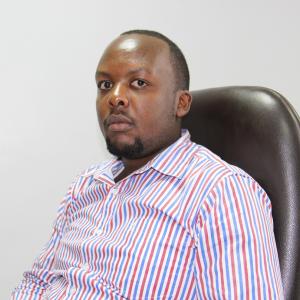The campaign was launched by Uganda’s Ministry of Health with support from WHO and UNICEF targeted people aged between 15 and 49 in the central Uganda
Kampala – Drones, street preachers and district and community leaders are helping reach some of Uganda’s most vulnerable groups with crucial messaging on COVID-19 and the need for vaccination.
Recent surveys show that around 20% of Uganda’s population rely on word-of-mouth as their main source of information on COVID-19. Many people who get their news this way work in the informal sector and live in informal, overcrowded settlements. They are semi-literate and are at risk of believing misinformation or being left behind as the country’s vaccine rollout ramps up.
“Getting out into the communities is a crucial part of ensuring everyone helps stop the spread of the virus, but also to build up trust and boost demand for vaccines,” says Dr Annet Kisakye, Immunization Officer for the World Health Organization (WHO) in Uganda.
“We recruited and trained 80 community mobilizers and partnered with village health teams in three districts to ensure access to people’s homes when the second lockdown started,” she adds.
The campaign, launched in July by Uganda’s Ministry of Health with support from WHO and UNICEF, was run by the Dreamline Products. It targeted people aged between 15 and 49 who work in the informal sector in the Wakiso and Mukono districts, and in and around the capital, Kampala.
As Uganda’s second lockdown came into force, the team made use of 70 community-based audio towers and drones with speakers to ensure the COVID-19 prevention and vaccination messages could be heard by people inside their homes.
“The drones fascinate and intrigue people. When they hover over communities, people want to see them, and they want to hear the messages they are sharing,” says Kenneth Mulondo, from DreamLine Products.
The campaign also used traditional and social media, engaging with regional leaders and media personalities, and leveraging widespread chat apps like Whatsapp.
A rapid assessment of the impact of the campaign was run in September, surveying around 700 people. About 60% of respondents reported seeing a serious illness or death from COVID-19, with the majority indicating they believed they were at very high risk for contracting the virus.
While most people had heard of COVID-19 vaccines, the survey highlighted significant remaining challenges in terms of building trust and boosting vaccine demand. Despite a high-risk perception of COVID-19 infection, just 25% of respondents in Mukono said they would get vaccinated, while numbers were higher in Kampala (34%) and Wakiso (41%). Many health care workers were uninformed about the vaccine at the onset of the campaign and so could not address clients’ concerns, and this was coupled with misinformation in the community and on social media.
Uganda has vaccinated more than 2.4 million people to date, after receiving almost 5.7 million doses through the COVAX Facility, the African Union’s Vaccine Acquisition Trust, and bilateral deals.
“Delivering vaccines is a complex process with many moving parts, so strategic communications is key. I cannot stress enough just how important it is to work with, in and for communities. Our methods must be adaptable in response to public needs, wants, feedback and the progress of the pandemic,” says Dr Yonas Tegegn Woldemariam, WHO Representative in Uganda.



